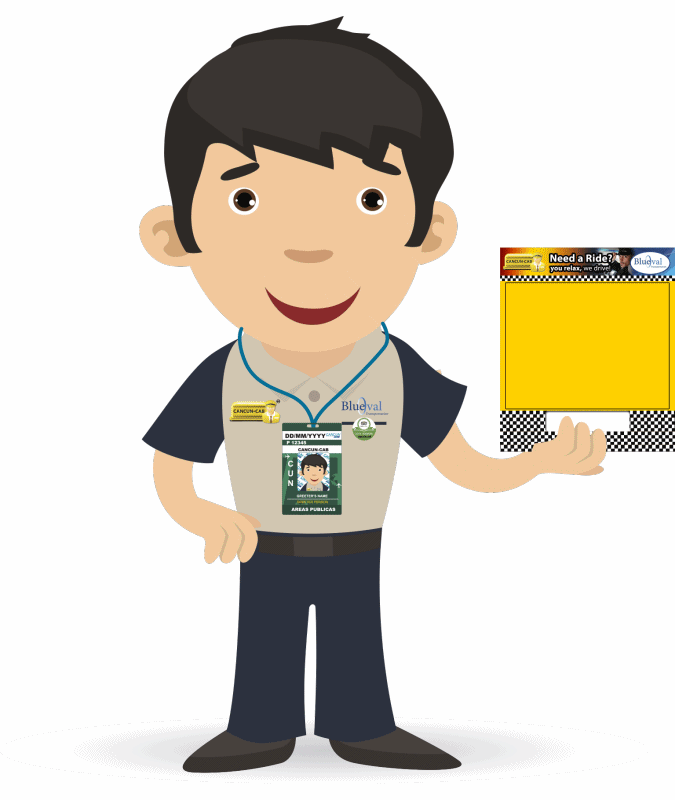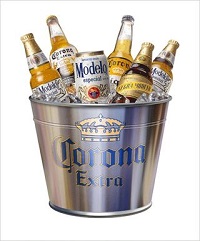WELCOME TO CANCUN-CAB´S BLOG
Holbox
By: Marlene Benavides On March 20th, 2017.
Country: México
State: Quintana Roo
Municipality: Lázaro Cárdenas
Population of Holbox (Source: INEGI 2010): 1,486 inhabitants
Population of Quintana Roo (Source INEGI 2010): 1,325,578 inhabitants
Holbox people are known as: Holboxeño or Holboxeña
What does Holbox mean?
Holbox comes from the Yucatec Maya language and means “Black Pit”. It is a small island located in the extreme north of the state of Quintana Roo, and belongs to the municipality of Lázaro Cárdenas. It is 10 km off the northwest coast of the Yucatan Peninsula, and it has an area that is 40 km long and 2 km wide, with about 34 km of beaches to the north. It is linked to the mainland by a sandbar, with several channels that connect the sea to the Yalahau Lagoon. Holbox has a population of 1,486 inhabitants according to the Census of Population and Housing (INEGI) in 2010.
How do I get to Holbox?
Once you have arrived at Cancún airport, we offer a private and direct ground transportation service to Chiquilá.
To get to Holbox Island you travel by sea from the port of Chiquilá, where you can either take the ferry, or alternatively, the town boatmen offer the crossing in small boats of up to 8 people. The journey to cross the Yalahau Lagoon takes about 20 minutes.
What is Chiquilá?
Chiquilá is a small town located in the north of the State of Quintana Roo and belongs to the protected area of Yum Balam. This town serves as the starting point for the ferry and the boats that offer a private service to Holbox.
What services does Chiquilá offer?
Chiquilá has a hotel, a few restaurants, a gas station and public parking lots. It also has a ferry and private boat services to Holbox Island. If you are traveling with luggage, once you arrive at the quay you will find “trici –taxis,” a kind of three wheel cart taxi, which will help carry your luggage and take you to the ferry.
What is Holbox like?
On the island, all the roads are white sand; there is no paving and only a few cars. Transportation is by golf cart, bicycle, motorcycle or on foot.
Holbox is part of the Yum-Balam Reserve; which has been a protected area for flora and fauna since June 6, 1994. It is a haven for endangered species and the local inhabitants are keen to protect the area. Consequently, it is a center for sustainable tourism projects with a minimal impact on the diverse ecosystems, wildlife and native vegetation of the area.
What services does Holbox offer?
On Holbox Island you can find hotels, restaurants, a small, very rustic movie theater, a catholic church, a very small hospital, public phone booths, cyber cafes, ice cream parlors, coffee shops, clothing stores, crafts, golf cart rental and the sale of excursions.
Is there an Internet service on Holbox?
Yes, on the island there is an excellent Internet service. Only on the way from Cancún to Chiquilá are there some sections of the road that do not have internet service, therefore the signal on the road to Chiquilá can become intermittent.
What can I do on Holbox?
Holbox is a tourist destination, especially for lovers of nature, adventure and, above all, relaxation. This is due to its lush, paradisical beauty; pearl white beaches; its rich diversity of flora and fauna and the friendliness of its people.
On Holbox you can hire various tours, among which is the famous “swim with a whale shark”; a boat ride in which visitors can see, and sometimes, swim or snorkel with a whale shark. The whale sharks come to the island every year, from the end of May until early September.
There is also the tour of the three islands, in which you visit the water hole called Yalahau, which was an ancient Maya site whose waters are said to be medicinal. There are also two islets: La Isla de la Pasión and La Isla de los Pájaros, (or Isla Morena), a small reserve where birds make their nests. Other tours involve the search for dolphins, flamingos, crocodiles and turtles.
Where the Caribbean Sea and the Gulf of Mexico meet there is a great diversity of marine species, so fishing tours are very attractive for tourists. That is why sport fishing has also been promoted on the island. One of the main activities of the inhabitants of this beautiful island is lobster fishing, which is ruled by the closed season. In local restaurants you can try lobster dishes, (including “lobster pizza”).
A walk around the island is always refreshing, enjoying the Caribbean environment with its colorful houses.
Cancún
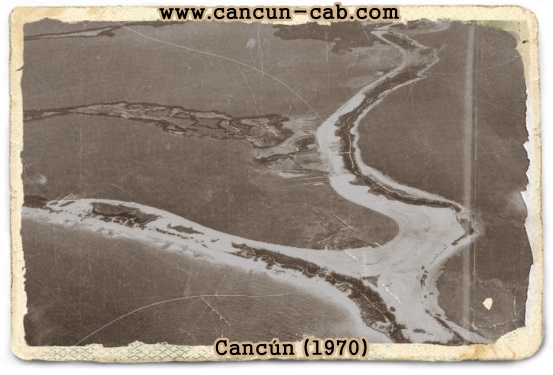
By: Marlene Benavides On October 17th, 2013.
Country: México
State: Quintana Roo
Municipality: Benito Juárez
Founded: 20 April 1970
Population of Cancún (Source: INEGI 2010): 661,176 inhabitants
Population of Quintana Roo (Source INEGI 2010): 1,325,578 inhabitants
Cancun people are known as: Cancunense
Where is Cancun located?
Cancun is located in the northeast of the Yucatan Peninsula about 370 km from the state capital of Quintana Roo (Chetumal), and 70 km from Playa del Carmen. It is bordered to the east by the Caribbean Sea, to the north by the municipality of Isla Mujeres, to the west by the municipality of Lazaro Cardenas and to the south with the municipality of Solidaridad. The area of the municipality of Benito Juárez is 1644 km2 and has 22 km of coastline.
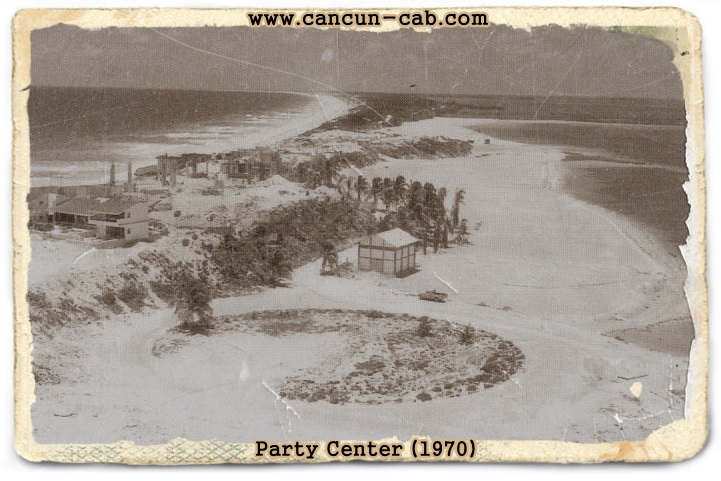
What does the word “Cancun” mean?
“Cancun” comes from the Mayan words “kaan kun”. Those familiar with the Mayan language agree that the translation of these words depends heavily on the phonetic emphasis given to the words. This can change the translation from one meaning to another. The syllable "Can" (Kan) can mean: yellow, four or snake, while the syllable "Cun" (Kun) may refer to a pot, pumpkin, gold, spell or nest. The most accepted definition today is that which relates to a "Nest of Vipers."
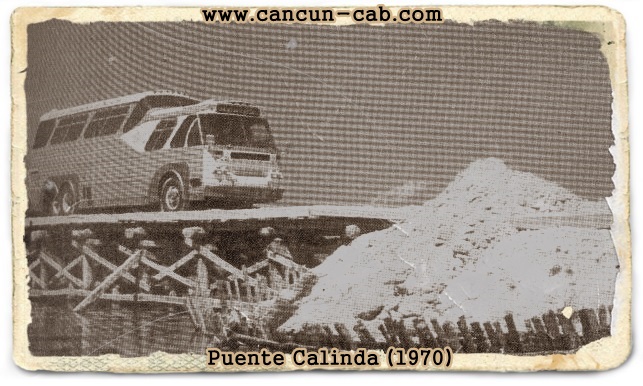
How was Cancun founded?
.In 1967, the government of Mexico, having financial problems, led by the then President of Mexico Gustavo Diaz Ordaz, commissioned the Bank of Mexico, through the Ministry of Finance, to conduct an investigation to determine which activity brought the most foreign currency income and was therefore the most profitable for the country, and so the way out of the financial crisis. The result of this investigation showed that tourism was the best activity to be promoted.
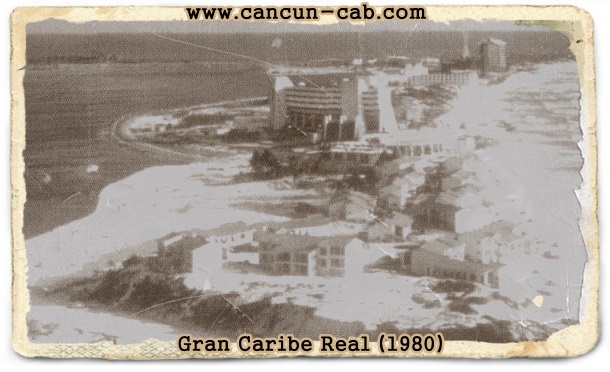
In 1969 the Federal Government decided that the Bank of Mexico through the Tourism Infrastructure Fund (Infratur), now known as Fonatur, would start the Tourist Development Plan with two main objectives:
Expand and improve already existing tourist infrastructure and promote new tourist resorts.
At the start of the twentieth century, Cancun was an area of coconut farms owned by the wealthiest people of the island.
In 1970, the engineer Daniel Ortiz Caso came to Cancun and, helped by the peasant population, created the first breaches; and that is how Cancun was started from scratch.
When the city was founded in the early months of 1970, the inhabitants did not know they were making history. One of the most noteworthy facts is that the first settlers were very young, almost all the men and women were under 30 years old, which explains why a large number of the founders are still living today and their ages vary between 65 and 70.
In 1972 the first stone of the first hotel was laid: The Hotel Bojorquez with 208 rooms and 23 cabins, but it was not opened until the end of 1974. The first formal hotel opened in September 1974: The Hotel Playa Blanca. In the beginning the drinking water system was not connected and Infratur sent water tanker trucks daily. There was no drainage system and so septic tanks were built. The electrical power system was not connected so electric power plants were installed interim.
Due to the similarity of the English grammar system with that of the Mayan language, the Mayans had no problems in learning the English language. This filled the tourist industry introducing English words such as buttons, waiters, security personnel and assistants.
On April 20, 2013, Cancun celebrated 43 years of existence. In a short number of years it has had a remarkable transformation from being a fishing island, surrounded by virgin forest and white sand beaches, to today the most recognized Mexican resort in the world. Furthermore, Cancun, without taking into account the rest of Quintana Roo, generates 19% of the total foreign tourism income for Mexico. In short we can say that Cancun has been the most important and successful tourism development of all time.
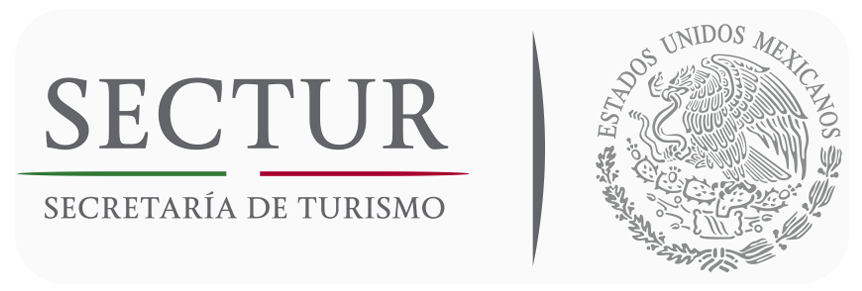
.png)
© Cancun - Cab by Blue Oval Transportation 2022 All rights reserved. No part of the content may be reproduced or transmitted in any form or by any means without explicit permission of the site autor.; Privacy Policy.

 Español
Español  English
English